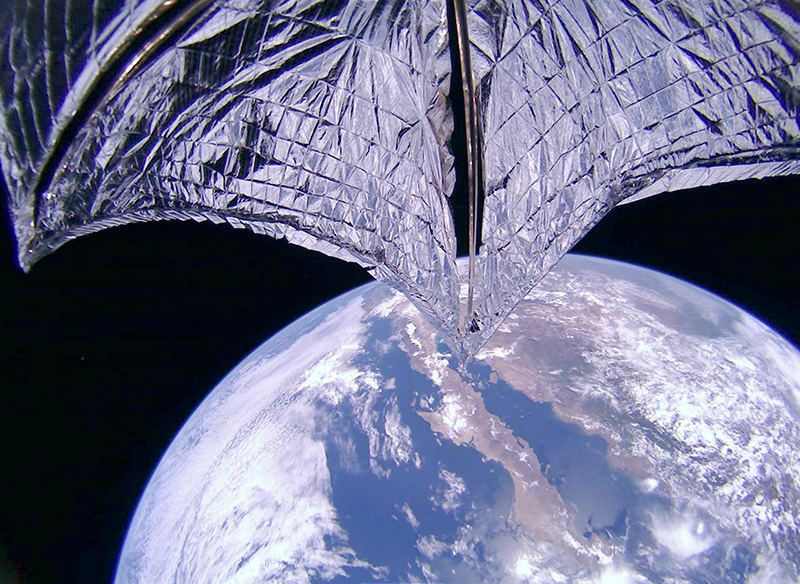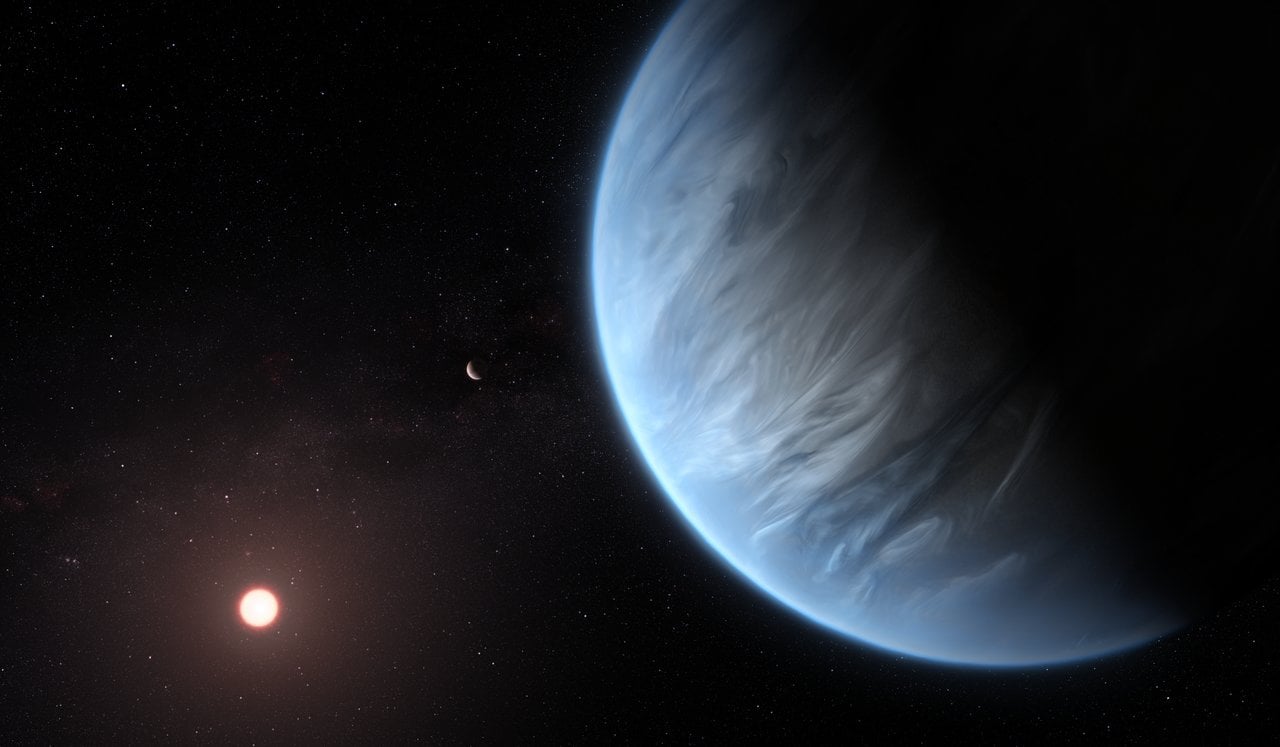
A fresh examination of the data obtained by the Mars Express mission has shown that there may not be lakes beneath the Martian southern polar ice cap.
Continue reading

A new NASA-supported study by an international team of researchers has determined that life is more likely to exist in the clouds on Jupiter than on Venus
Continue reading

Continue reading

The search for Hubble's error continues, and could involve some complex and risky operations really soon!
Continue reading

Continue reading

The Journal of Astronomical Telescopes, Instruments, and Systems (JATIS) has released a special edition of papers dedicated to educating the public about Starshade and what it can do to narrow the search for Earth-like exoplanets.
Continue reading

When black holes collide with neutron stars, all sorts of interesting things happen. And astronomers have recently seen two of them.
Continue reading

Continue reading

Continue reading

There's an old adage that says there is 'nothing new under the Sun…' but that doesn't apply when it comes to solar eclipse science.
Beyond just providing an awesome celestial spectacle, astronomers have often advantage of the brief moments of totality to explore the Sun and its environs.
Continue reading

Earth's ionosphere blocks us from seeing radio aurora on distant worlds, but a radio telescope on the Moon would let us see them.
Continue reading

According to new research, most extrasolar planets do not get enough radiation to support photosynthesis, which places limits on how many might be habitable.
Continue reading

Continue reading

A new idea for detecting gravitational waves might allow us to discover planet-mass primordial black holes.
Continue reading

In the past week, the first three Chinese astronauts to go the Tiangong space station prepared for all the operations they will conduct during their 30-day stay.
Continue reading

Continue reading

Continue reading

New research shows that a handful of nearby stars that are known to have planets could have been watching Earth for a long time, or will be able to in the future!
Continue reading

After thirty years of faithful service, the venerable Hubble is experiencing a technical issue that NASA is still trying to fix
Continue reading

Life could thrive in the atmosphere of warm gas planets, but only if they are seeded by asteroids.
Continue reading

Continue reading

Continue reading

Continue reading

Astronomers have solved the mystery of dim Betelgeuse, and discovered how stardust can form.
Continue reading

Continue reading

China and Russia have released a Guide that details their plans for a lunar base that will rival NASA's, and they are looking for countries to join them!
Continue reading

Continue reading

Continue reading

Continue reading

New evidence shows that black holes and galaxies have a significant effect on each other in young galaxies.
Continue reading

Continue reading

Continue reading

Continue reading

Continue reading

A new study takes a look at how the presence of a surface can affect an exoplanets atmosphere, giving astrobiologists a way to study exoplanet surfaces without having to "see" them directly.
Continue reading

The Lunar Lantern, an intriguing concept for establishing a human presence on the Moon, is currently being featured at the 17th International Architecture Exhibition.
Continue reading

Continue reading

Now's the time to catch Nova Herculis 2021, before it fades from view.
Continue reading

Black holes destroy stars, but their powerful jets can also clear the way for new stars to form.
Continue reading

The CHIME radio observatory detected over 500 Fast Radio Bursts (FRBs) during its first year in operation, the study of which is yielding valuable insight into our Universe.
Continue reading

Continue reading

Continue reading

Continue reading

Blue Origin's auction for a seat aboard the New Shepard's inaugural spaceflight has now closed, with a winning bid of $28 million!
Continue reading

Continue reading

Continue reading

Continue reading

Continue reading

Continue reading

Relativity Space, a recent to the commercial space sector, is primed to become one of SpaceX and Blue Origin's toughest competitors!
Continue reading

 Universe Today
Universe Today














































